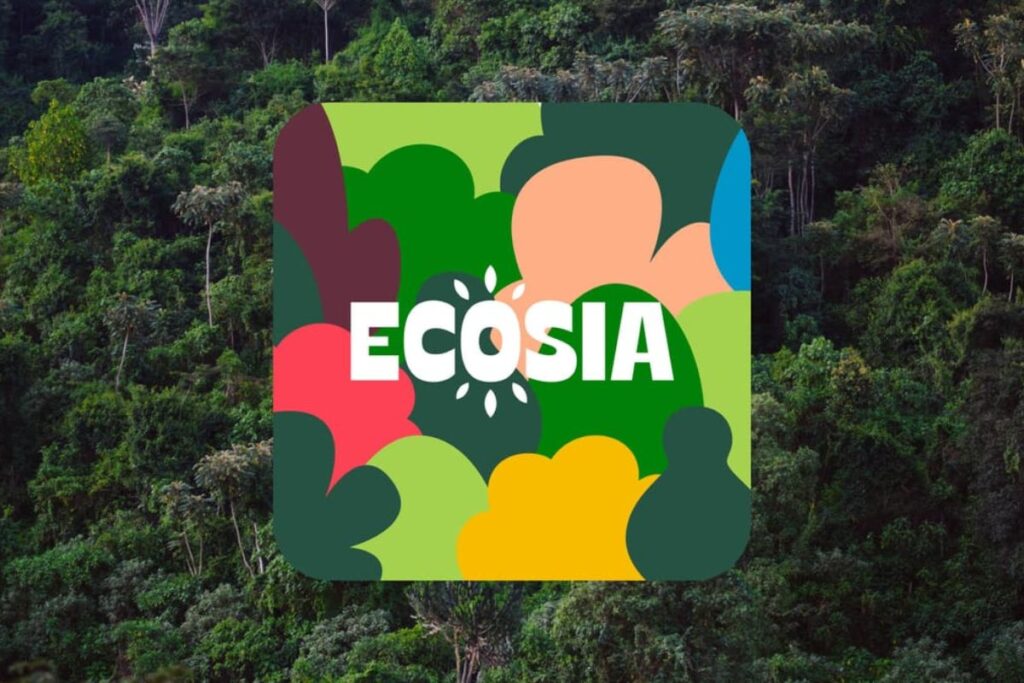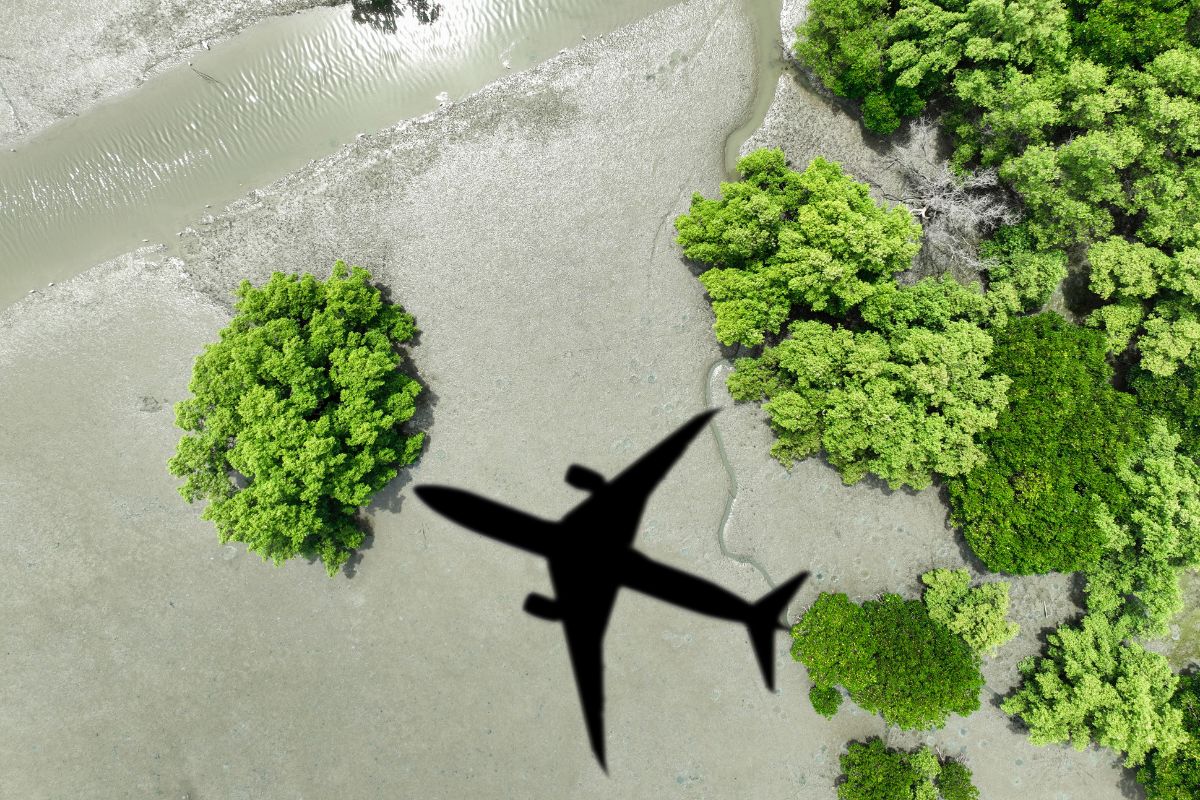In an era where climate change headlines dominate the news and carbon emissions are tracked with increasing scrutiny, the concept of “sustainable travel” has transitioned from a niche interest to a global imperative. With the tourism industry accounting for nearly 8% of global carbon emissions, travelers and industry stakeholders alike are seeking eco-conscious alternatives. This blog explores how the rise of sustainable travel is reshaping how we explore the world ensuring our adventures enrich both us and the planet.
Understanding Sustainable Travel
Sustainable travel refers to tourism that minimizes negative environmental, social, and economic impacts. It also aims to generate benefits for local communities and preserve cultural heritage. Unlike traditional travel, where convenience and affordability often take precedence, sustainable travel encourages mindful choices—such as selecting eco-certified accommodations, supporting local economies, and reducing one’s carbon footprint.
The Environmental Impact of Tourism

Tourism has a sizable environmental footprint:
- Air Travel: A single transatlantic flight emits as much CO2 as the average person in some countries produces in an entire year.
- Overtourism: Popular destinations suffer from strain on resources, water shortages, and degradation of historical sites.
- Waste Production: Plastic pollution and increased waste in tourist hotspots can devastate ecosystems.
Sustainable travel offers a path to mitigate these issues while still allowing people to connect with different cultures and environments.
Planning Your Sustainable Adventure
- Choose Green Destinations: Some countries and cities are known for their eco-conscious tourism infrastructure. Places like Costa Rica, Bhutan, and New Zealand have robust sustainability policies, renewable energy usage, and biodiversity protections.
- Opt for Eco-Friendly Accommodations: Look for hotels and lodges that hold certifications like LEED (Leadership in Energy and Environmental Design), Green Key, or EarthCheck. Many sustainable accommodations use solar energy, offer organic food, and engage in local community development.
- Pack Light and Smart: Traveling with fewer items means less fuel consumption on flights. Opt for reusable travel gear—water bottles, cutlery, cloth bags, and shampoo bars—to cut down on single-use plastics.
- Travel Slow and Local: Sustainable travel emphasizes quality over quantity. Instead of hopping from city to city, consider spending more time in one place. Use trains, buses, bicycles, or walk to explore, which reduces emissions and offers deeper cultural immersion.
Sustainable Travel in Transportation
Transportation accounts for a major part of tourism-related carbon emissions. Here’s how to make greener choices:
- Fly Less, Stay Longer: If flying is unavoidable, choose direct flights (fewer takeoffs and landings) and stay longer at your destination.
- Offset Carbon Emissions: Use reputable platforms to offset your carbon footprint by investing in reforestation, clean energy, or methane capture projects.
- Use Public Transport: Trains and buses generally emit far less CO2 than cars or planes. In Europe and parts of Asia, high-speed trains are a fast and sustainable option.
- Electric Vehicle Rentals: Where available, opt for electric or hybrid vehicles instead of gasoline-powered ones.
Support Local Economies
Sustainable travel isn’t just about the environment; it also emphasizes economic and social sustainability:
- Eat Local: Choose restaurants that serve locally sourced, organic food. This reduces transportation emissions and supports local farmers.
- Buy Handmade: Skip mass-produced souvenirs and support artisans by buying handmade crafts.
- Book Local Guides: Hiring a local guide not only enriches your experience but also ensures tourism income benefits residents.
Technology and Innovation in Sustainable Travel
Modern tools and apps make it easier than ever to plan an eco-conscious trip:
- Ecosia Travel: A search engine that plants trees with every booking made through partner platforms.
- HappyCow: An app that helps travelers find vegetarian and vegan restaurants, reducing animal agriculture’s environmental impact.
- GreenTrip Planner: Helps calculate your carbon footprint and suggests greener travel routes.
Eco-Conscious Activities to Consider
Some experiences are inherently more sustainable than others:

- Eco-Tourism: Wildlife safaris, rainforest treks, and marine conservation tours offer immersive, low-impact experiences.
- Voluntourism: Participate in community projects or conservation efforts.
- Farm Stays: Live and work on sustainable farms to learn about organic agriculture.
Challenges of Sustainable Travel
Despite the growing interest, sustainable travel faces several hurdles:
- Higher Costs: Eco-accommodations and organic food can be more expensive.
- Greenwashing: Some companies market themselves as sustainable without meaningful environmental practices.
- Accessibility: Not all destinations offer sustainable options or infrastructure.
Travelers must stay informed and critical, seeking out verified eco-certifications and reading reviews.
The Role of Businesses and Governments
Corporations and governments also play a crucial role in enabling sustainable travel:
- Airlines: Some airlines now use biofuels or offer carbon offsets at the time of booking.
- Tour Operators: Companies like Intrepid Travel and G Adventures specialize in sustainable tours.
- Governments: Countries like Norway and Costa Rica invest heavily in green tourism infrastructure and renewable energy.
How Individuals Can Make a Difference
Every traveler has the power to make impactful decisions:
- Educate Yourself: Understand the cultural and environmental sensitivities of your destination.
- Reduce Waste: Carry a zero-waste kit—metal straws, beeswax wraps, and reusable containers.
- Spread the Word: Share your sustainable travel experiences on social media to inspire others.
Sustainable Travel is the Future
As we move further into the 21st century, sustainable travel is becoming less of an option and more of a necessity. With conscious choices, travelers can help preserve the beauty and integrity of the places they love to visit.

Whether it’s hiking through protected national parks, staying in solar-powered lodges, or dining at zero-waste restaurants, sustainable travel ensures that our explorations today won’t cost the Earth tomorrow.
Final Thoughts
Sustainable travel is about more than reducing emissions it’s a holistic approach to exploring the world with respect, responsibility, and reverence. As eco-consciousness becomes a standard expectation rather than a luxury, businesses, governments, and travelers must all collaborate to minimize tourism’s footprint.
With the right planning, mindset, and tools, we can embrace the joys of travel while safeguarding the planet. So pack your bags not with plastic, but with purpose and jet-set sustainably.

